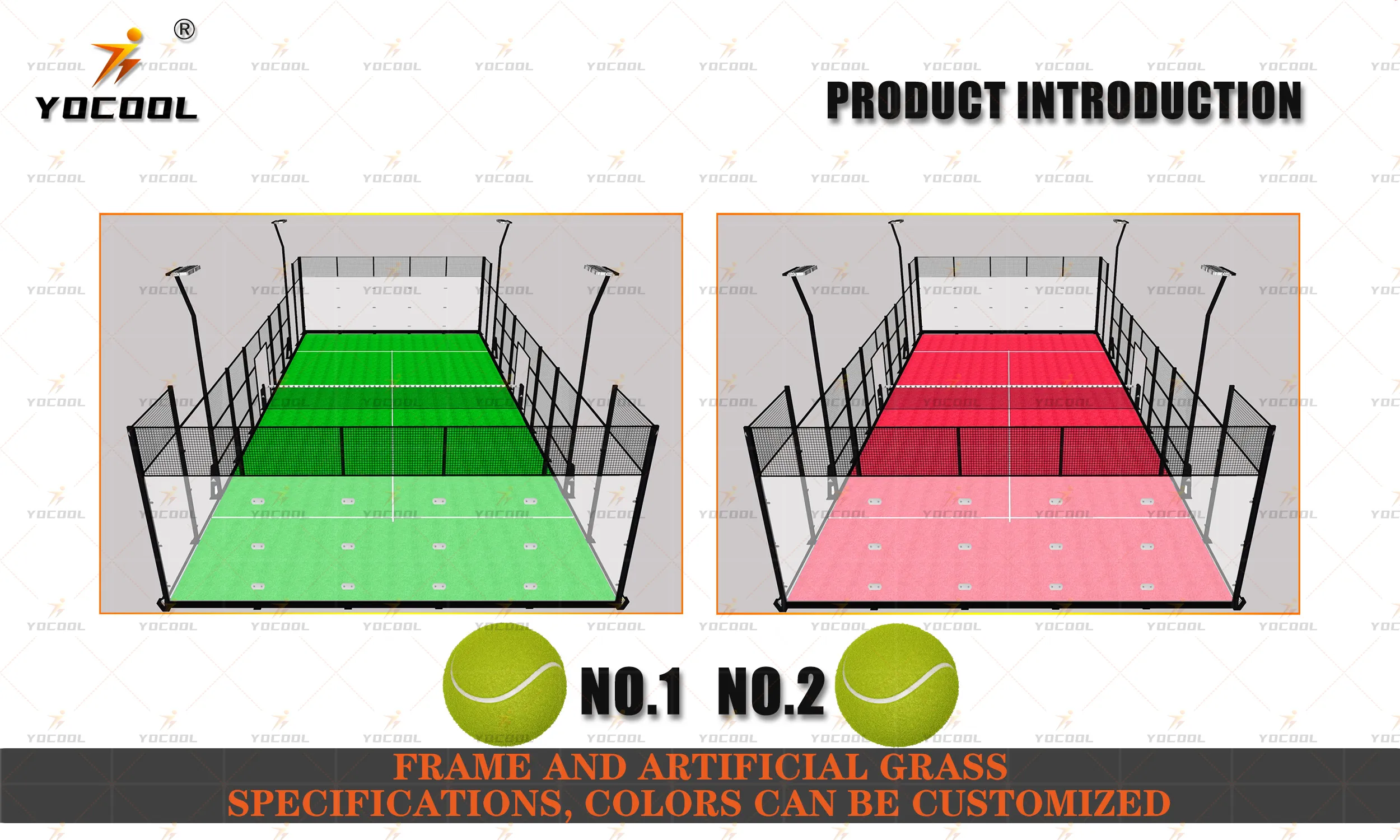

Building a Padel Court A Comprehensive Guide
Padel, a racquet sport that combines elements of tennis and squash, has gained immense popularity across the globe. As its fanbase grows, so does the demand for dedicated facilities. Building a padel court may seem like a daunting task, but with careful planning and execution, you can create a fantastic space for players to enjoy this exciting sport.
1. Understanding Padel Court Dimensions
Before embarking on a padel court construction project, it is crucial to familiarize yourself with the official dimensions. A standard padel court measures 20 meters long and 10 meters wide, enclosed by walls that can be made of glass or other materials, such as concrete. Ideally, the height of these walls should be around 3 meters, with the back walls often being taller, reaching up to 4 meters.
2. Choosing the Right Location
Selecting an optimal location for your padel court is paramount. Ideally, it should be situated in a well-lit area with a flat surface to ensure proper drainage and even ground. Additionally, consider accessibility for players and spectators, as well as proximity to other sports facilities or community centers to attract more users.
3. Designing the Court
The design of the court can play a significant role in its functionality and appeal. You can opt for outdoor or indoor courts. Outdoor courts often provide a relaxing atmosphere, enhanced by natural light and fresh air, while indoor courts offer shelter from the weather. When designing the court, ensure that there is adequate space around the play area for movement, ideally at least 1.5 to 2 meters from the court’s boundaries.

Choosing the right materials for your court is critical as it affects playability and maintenance. The court surface can be made of various materials including artificial grass, concrete, or acrylic. Artificial grass is a popular option because it provides good grip and comfort, while concrete is durable and low-maintenance. Make sure to use quality glass for the walls that can withstand impacts and offer a clear view of the gameplay.
5. Installing Lighting
For night-time play or indoor courts, good lighting is essential. Install high-quality LED lighting that mimics daylight, providing uniform illumination across the entire court. Properly positioned lights enhance visibility and ensure a safe playing environment.
6. Accessory Facilities
While the court itself is crucial, additional facilities can significantly enhance the player experience. Consider adding changing rooms, showers, and rest areas for players. A seating area for spectators can create a vibrant atmosphere during matches, fostering a sense of community among players and fans alike.
7. Maintenance
Once the court is built, regular maintenance is necessary to keep the facility in top condition. This includes cleaning the surfaces, checking the nets, and ensuring that the glass walls are free of scratches or cracks. A well-maintained court not only enhances playability but also prolongs the life of the facility.
Conclusion
Building a padel court is an investment that can bring joy to many players and contribute to the popularity of this thrilling sport. With careful planning, attention to detail, and a commitment to quality, you can create a vibrant hub for enthusiasts of all skill levels. Whether for community use or private enjoyment, a padel court can provide countless hours of fun and fitness for everyone involved. So roll up your sleeves, and get ready to build your padel dream!
Premium Paddle Tennis Rackets for Every Court & Player
Premium Padel Courts: Expert Design & Installation Services
Premium Padel Courts: Panoramic Designs & Custom Builds
Premium Padel Court | Custom Designs & Quality Installation
Paddle Tennis Rackets: Unleash Power & Precision on Court
Best Paddle Tennis Rackets: Power, Control & Comfort